Sept. 10, 2024
United States
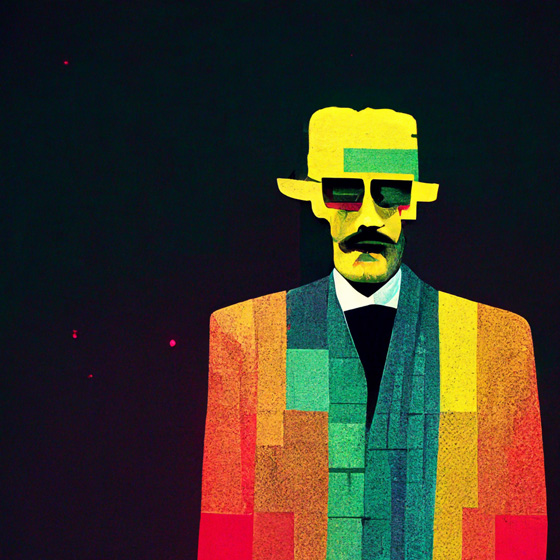
Sept. 10, 2024
United States
kindabloop’s art is a conversation between chaos and control, where the unexpected is not just welcomed but actively pursued. With a portfolio spanning over 100,000 AI-generated images, he’s mastered the art of guiding technology into surprising, human-like results. By leaning into recursion, randomization, and happy accidents, kindabloop’s process embraces the organic and unpredictable, crafting work that feels alive. Eschewing post-processing and letting the AI ‘hallucinate,’ his art is a testament to what happens when an artist dares to trust the machines—while pushing them off-script.
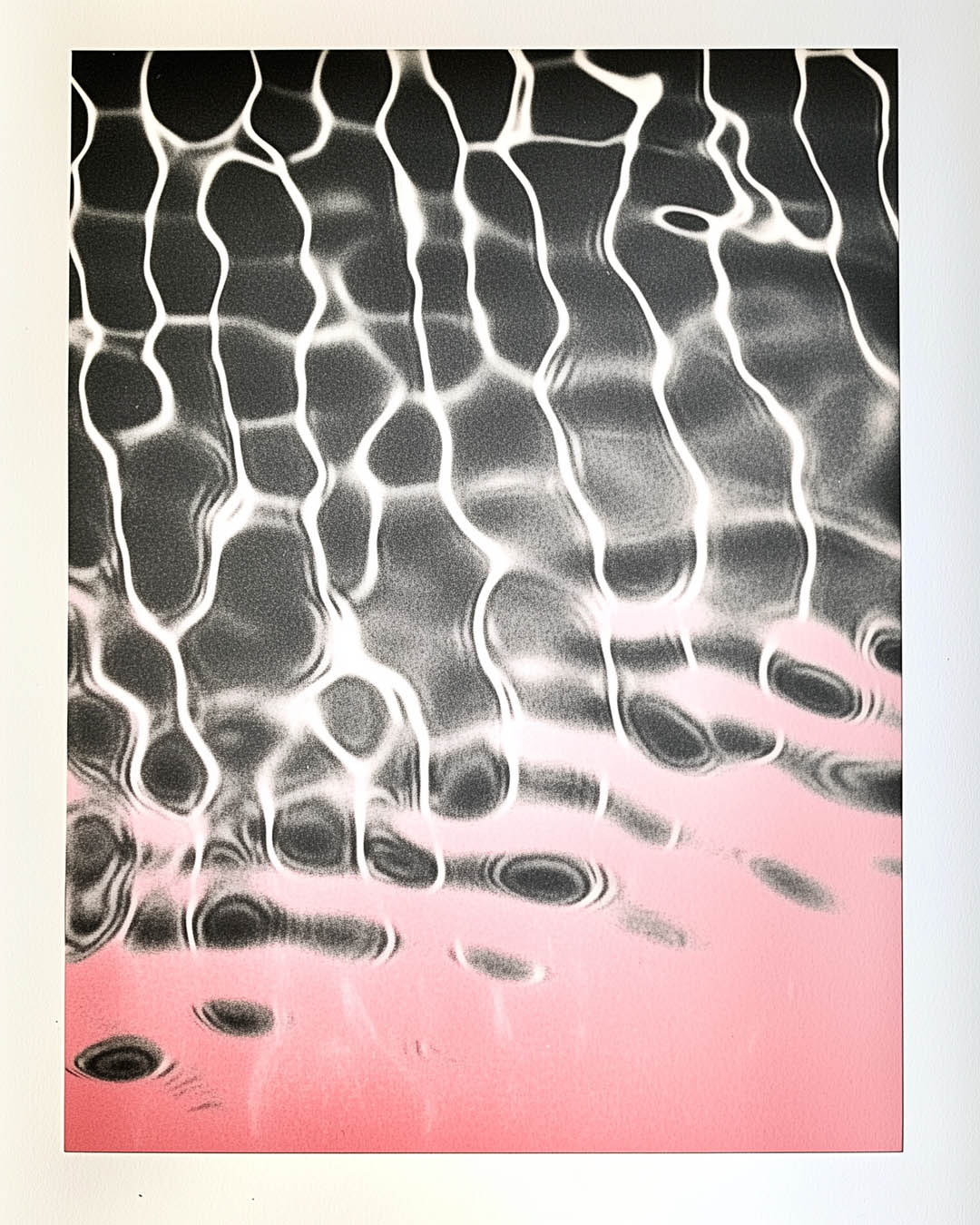
I want to be surprised. I don't ask for specific characters or compositions or scenes.
It was November 2022. Midjourney was still in v3. I was curious. I signed up on a lark. Now, nearly 2 years later, I just generated my 100,000th image.
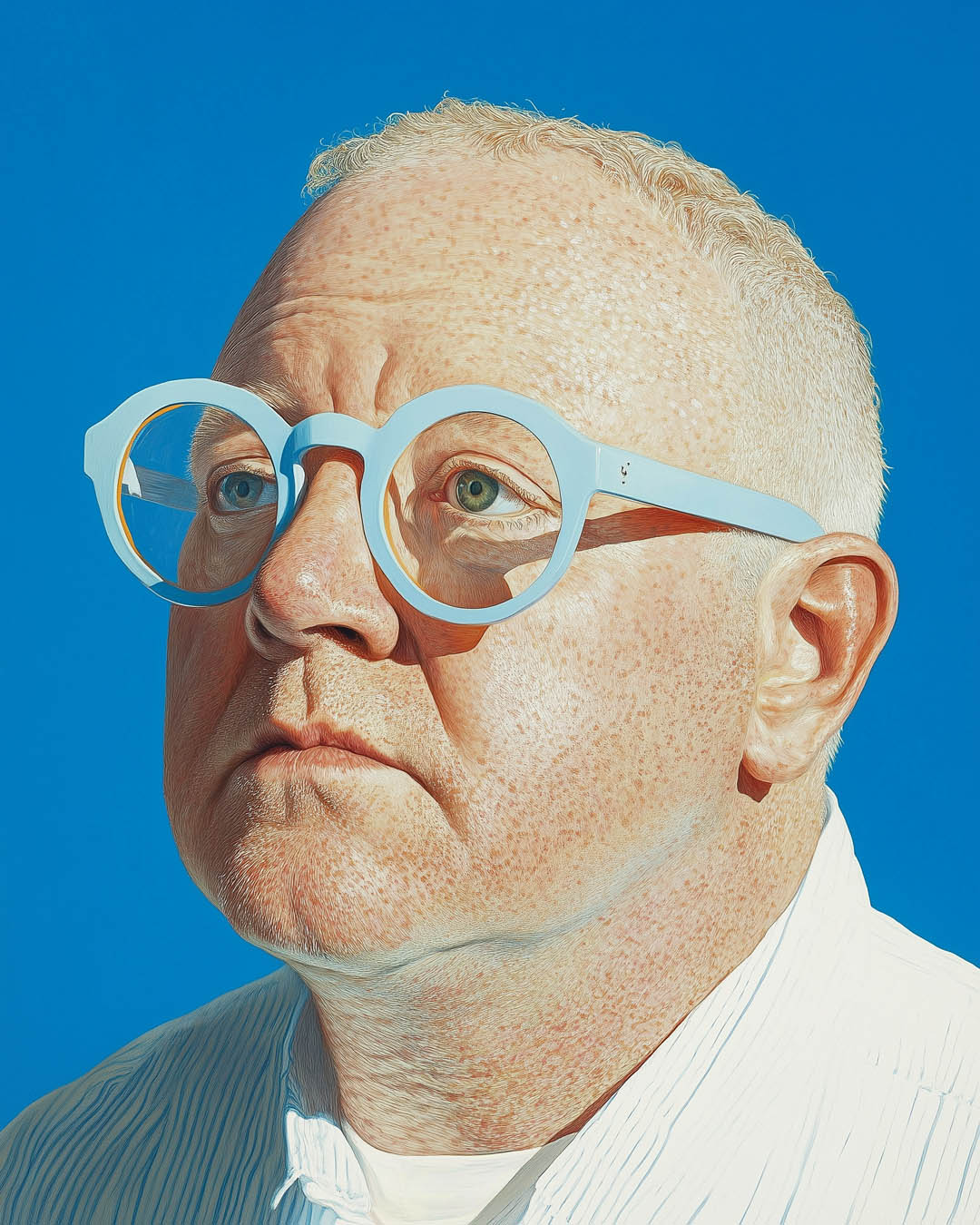
I try to push the bots to hallucinate in interesting ways.
I'm almost never after a particular result. I want to be surprised. I don't ask for specific characters or compositions or scenes. I try to push the bots to hallucinate in interesting ways. Instead of asking for a middle-aged guy with a beard crying in the cab of his 1975 pickup truck, I might ask for Goodbye Blue Monday.
Each successive version of Midjourney has gotten more polished, more refined, more literal. More commercial. Consequently, it's become harder and harder to get the bots to go off script in interesting ways. (For me, v4 was the peak for creativity.) So, my approach to prompting has had to continually adapt.
If you look at my Instagram feed, you'll also see that while there are some recurring themes and ideas (obsessions?), I'm not wedded to any particular in style. If anything, I try to push myself to be able to go toe-to-toe with really specialized artists who might work in a particular mode. I try to figure out and reverse engineer their processes, which helps me continue to learn and grow and adapt.

My approach to prompting has had to continually adapt.
I love the Dream Prompts style library. It's fun to mix and match and stack up styles. I also love discovering new ones using --sref random (tedious as that is).
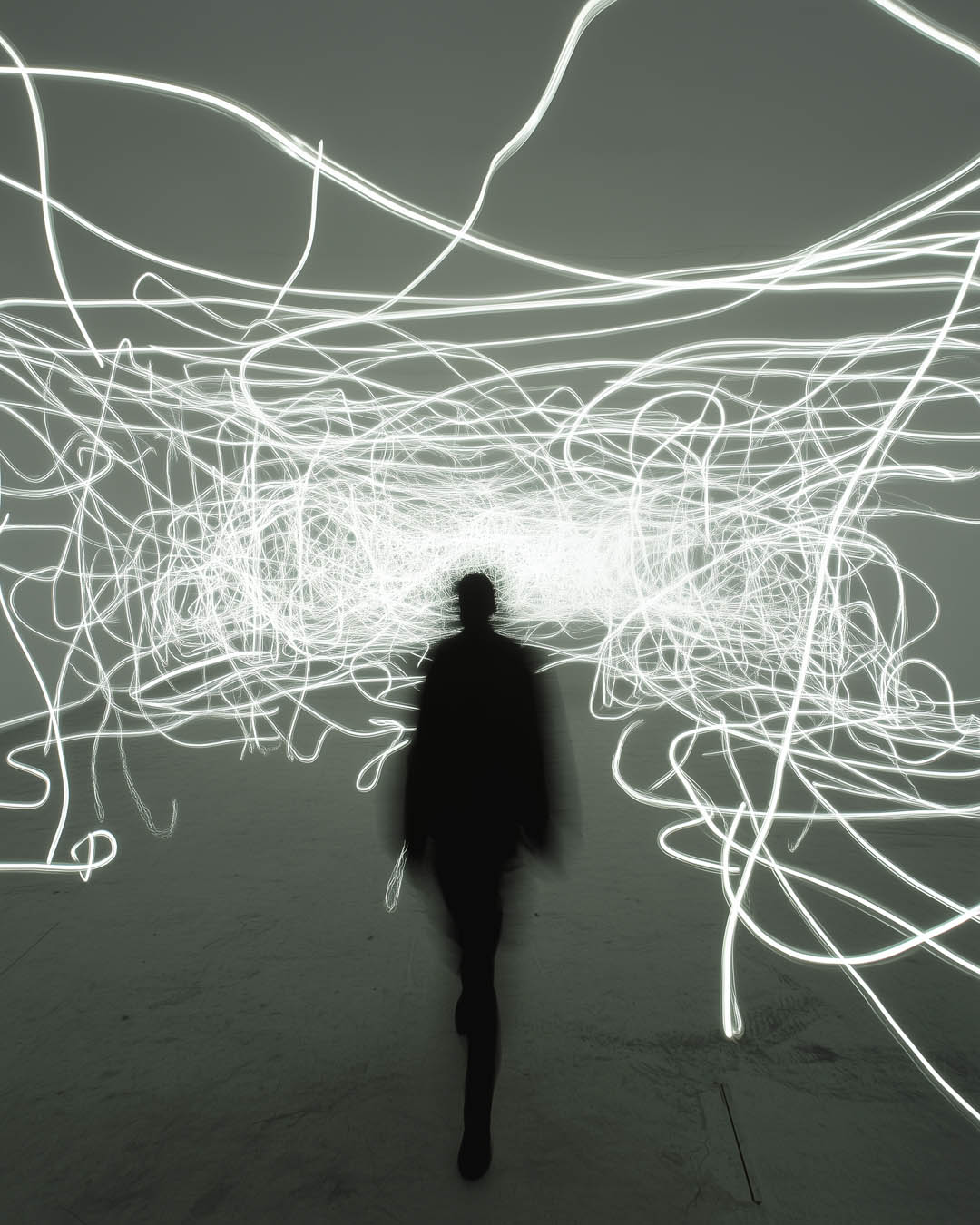
I try to figure out and reverse engineer their processes, which helps me continue to learn and grow and adapt.
People often ask me for my prompts, and I have to tell them that my approach is often more of a process than a specific prompt.
But the technique that I use that I think is teachable is what I like to call “feeding the ouroboros.” You feed the your prompts and styles back into themselves recursively, creating a feedback loop that can have profound effects.
I also like to use very low levels of chaos (4-8) and weird (1-2), which slowly compounds over multiple rerolls. Too much and the results melt into chaotic garbage pretty quickly. So, using the example above, I might start here: goodbye blue Monday --c 5 --w 1.
I might add a modifier or two to help zero in on a vibe: goodbye blue Monday, neon headache, anxiety --c 5 --w 1.
Then we start rolling. When I find an image I like, I might feed it back into the same prompt as an sref, pushing it deeper into that vein. I might add an additional older image as an sref (great for textures and color palettes). Then I just keep rolling and reinforcing, zigging and zagging, until I hit a vein that interests me. Then I just mine the vein out.

My personal project is to fully engage with Midjourney.
I avoid post-processing of any kind. My personal project is to fully engage with Midjourney.
Thankfully, over time, Midjourney's internal editing tools have gotten better and better. I can't tell you how many great images I lost in the bad old days to a wonky hand or other artifact that's easily fixed now.

I want my work to still feel deeply human.
I'm slowly working on and publishing a series based on the periodic table of elements.
I have another occasional series I revisit from time to time that I call the Uncanny Valley -- turning the concept of the eerie dissonance of artificiality into an actual place. It uses a neon pastel color palette that somehow, to me, both unsettles and soothes the mind.

I'm almost never after a particular result.
I actually have a lot of empathy for the critics. The business model is based on theft and that's not a good look, as the kids say.
And, for the most part, I don't consider what I'm creating to be *my* art. Not in the same way I would something I had photographed or drawn.
While I have deep concerns about the ethics of the tool, I'm also fascinated by it and feel the need to understand it at a deep level. (It promises to disrupt the professional creative arts, which is where I work — though on the word side, rather than the visuals side.)
These are the guardrails I have adopted for myself:
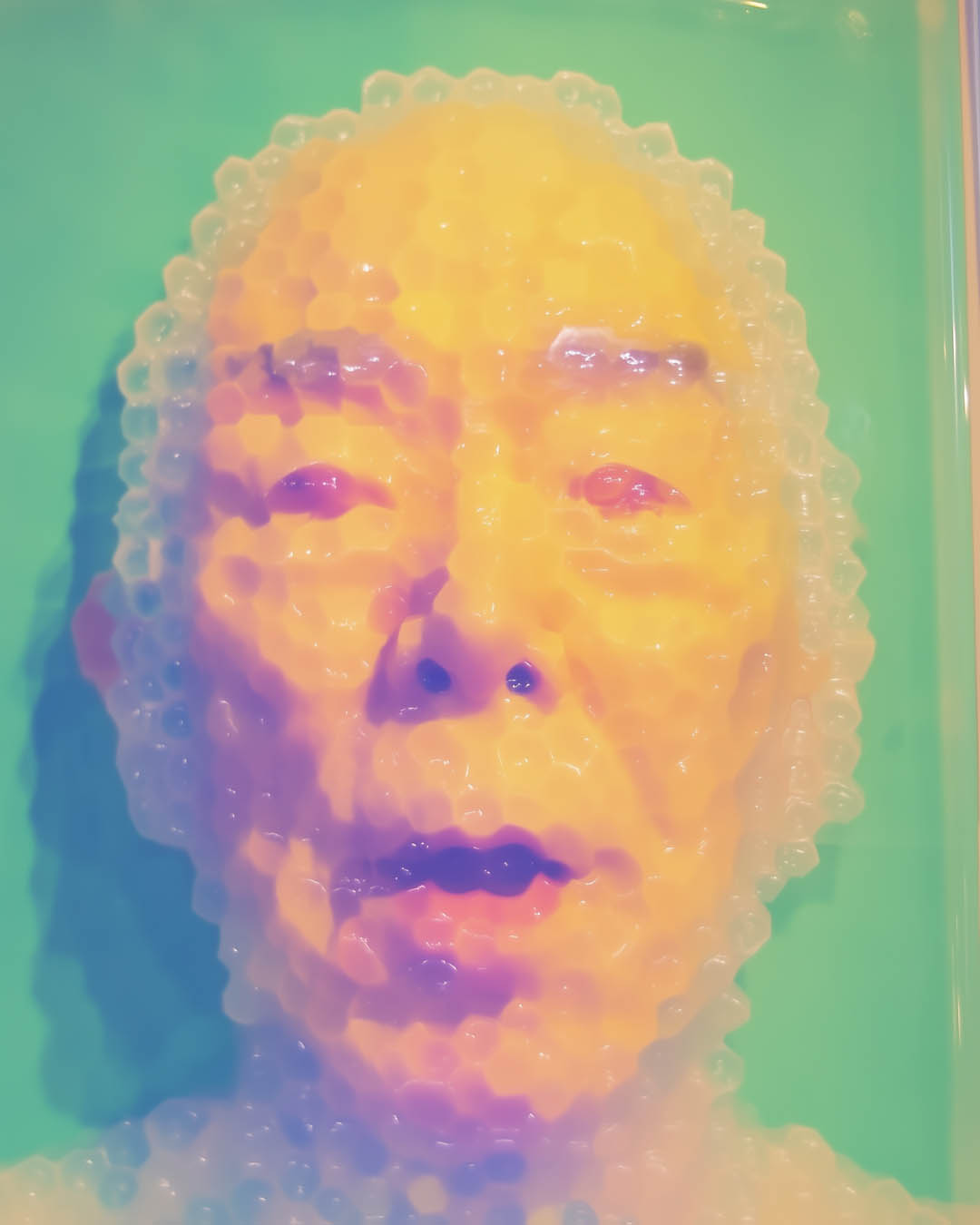
My work shouldn't be or feel derivative of any individual artist.
Learn to edit yourself. Be ruthless.
I see many artists creating posts that are very repetitive, with multiple variations of what is essentially the same image. It can definitely be hard to pick, but your posts will be stronger if you zero in on the best of the best. If you're going to make a post with 10 images, the more surprise and variety you can offer across the set, I've found, the more people will be willing to go on that journey with you.
And sometimes you can help a killer image stand out by posting it alone or among a limited set.
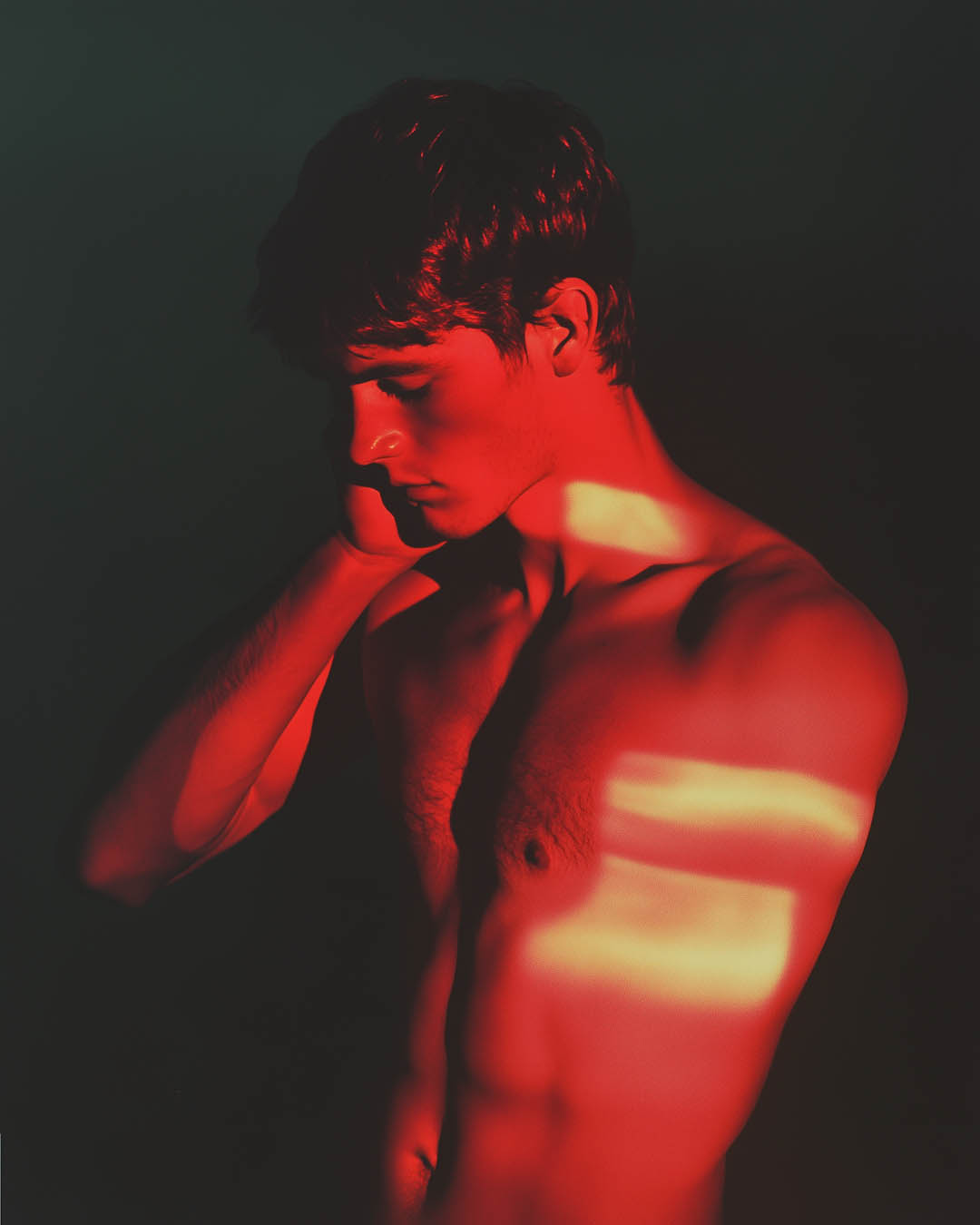
Done right, my work should feel like something that hasn't existed in the world before.
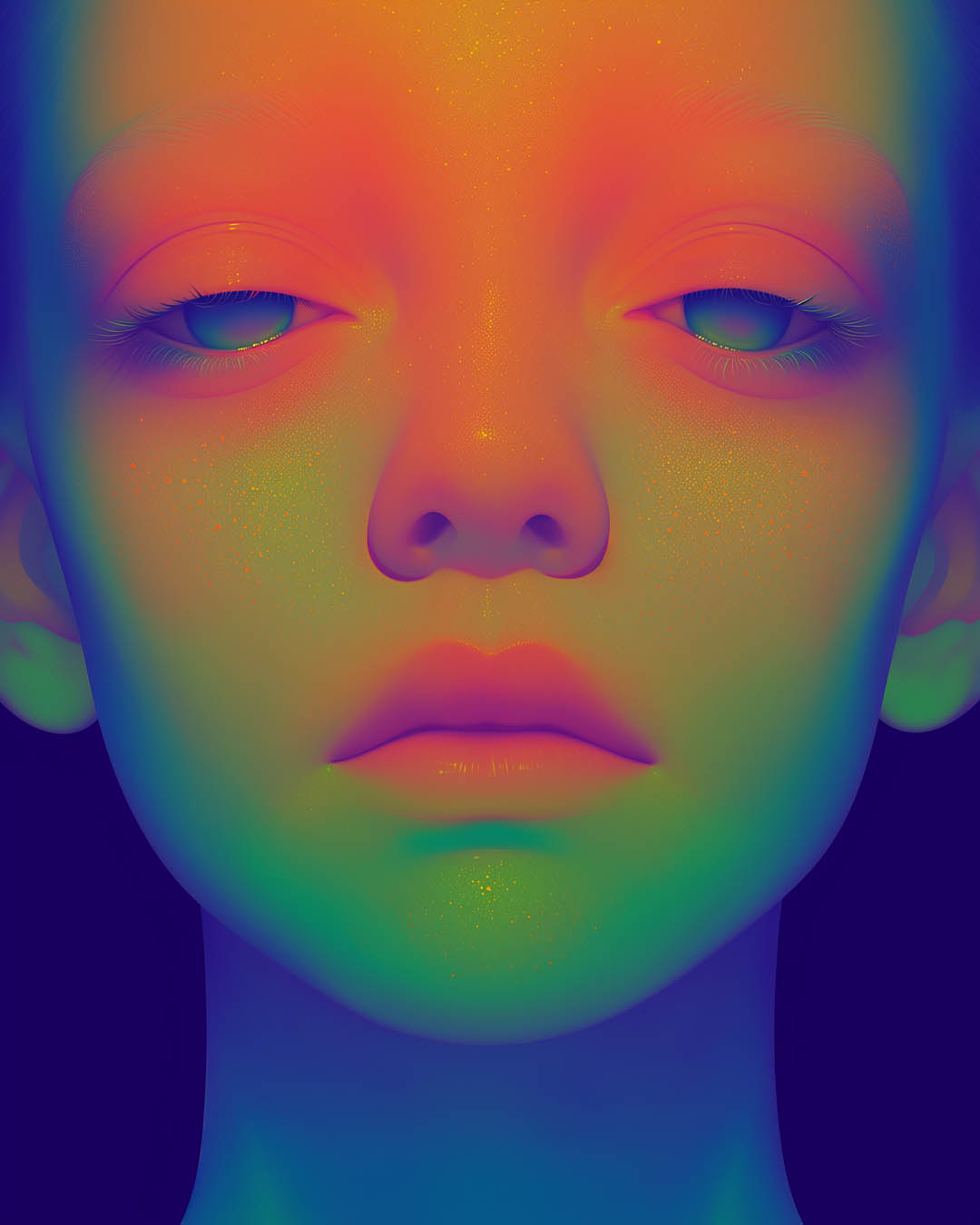
I try to push myself to be able to go toe-to-toe with really specialized artists who might work in a particular mode.